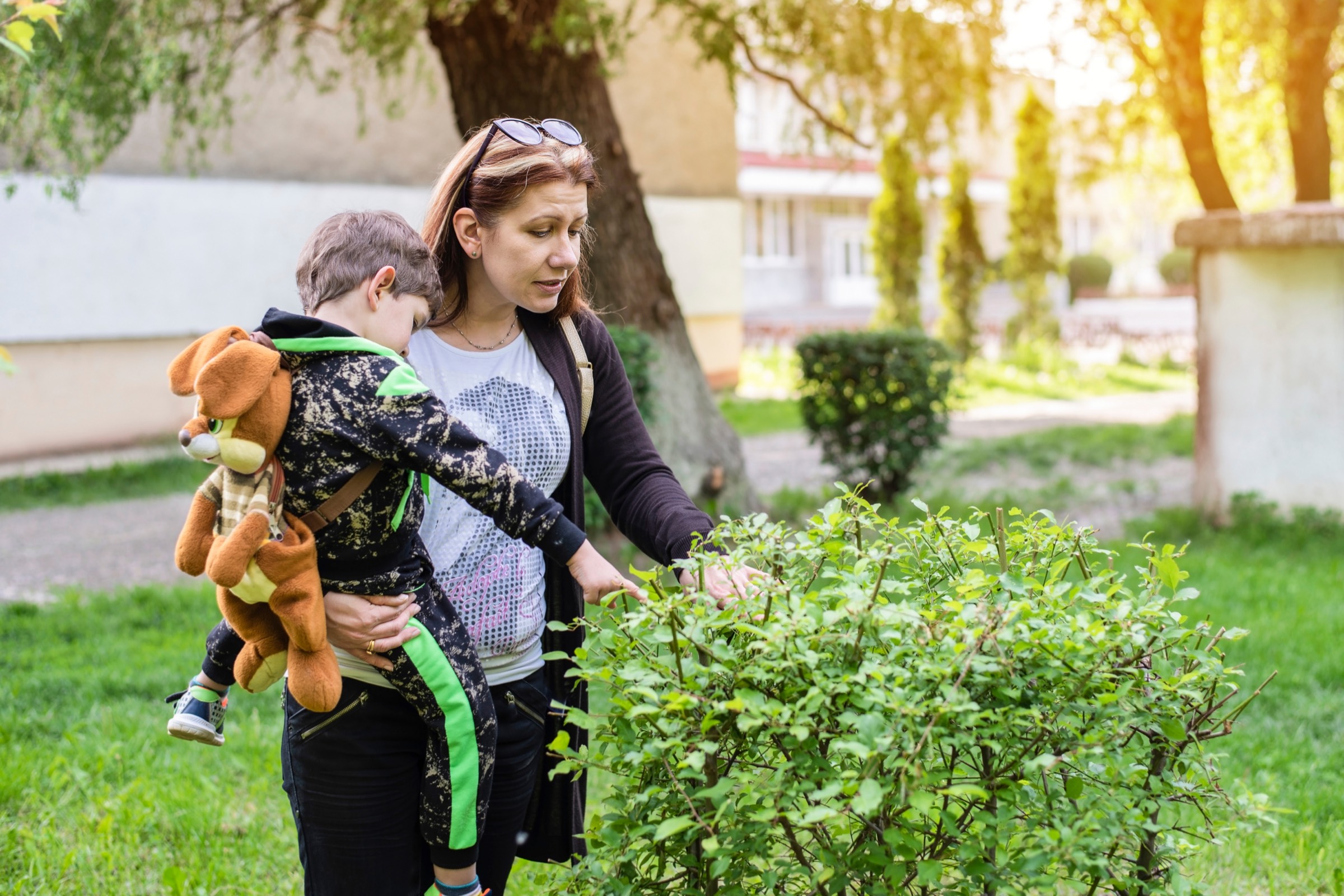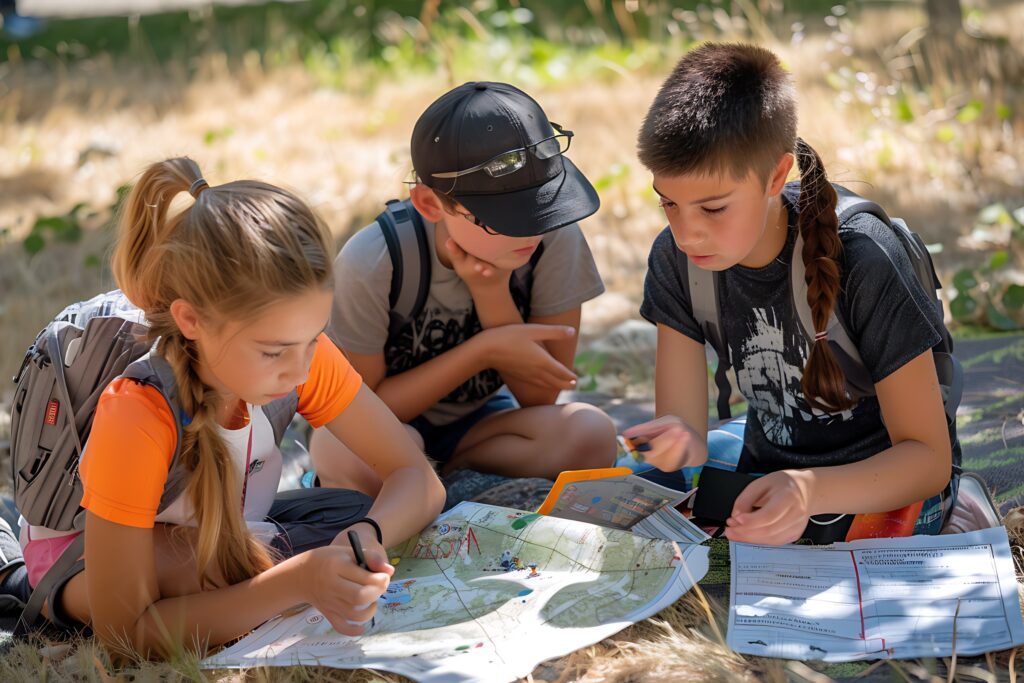A love strategy for a difficult relationship


At times there are children in our classes that cause us dread as we wake in the morning and consider the coming day. Within your soul, this child has burnt every bridge, and you struggle to find joy in the interactions and hope for the child in the program and with their peers. This feeling and attitude cannot be sustained. It must be changed. It can become a ‘self-fulfilling prophecy’. Our emotions can influence our conduct and of course, shouting, humiliation, exclusion without supervision, corporal punishment etc are all completely unacceptable.
How do we change the trajectory of this difficult relationship? How do we build something positive amidst the ongoing conflictual behaviours?
Here are 9 tips and strategies to consider:
1. Recognise the need for a turn-around to occur: If a child is not wanting to come to the centre, is expressing difficult behaviours or failing to respond to staff correction, it becomes apparent that a problem exists. It is wise to work on the assumption that the centre needs to evaluate their approach.
2. Find your appreciation for the child. Each person is a completely unique combination of genes and with children – their life has endless possibilities. Enjoy the promise. Seek the child’s interests and joys. For many disruptive children it is in the big muscle practical life such as table scrubbing. It could be dinosaurs, trucks, butterflies or sport. Explore different interests and build programs around it. Hope to see this child’s eyes light up.
3. Recognise your buttons. Sometimes a cycle of negativity can be built up which causes a child to “push your buttons” on a regular basis resulting in their identification as a “naughty” child. Recognise your buttons and then make a conscious decision to not be “moved” by the behaviour.
4. Love Bomb: This terminology is usually associated with cult dynamics, but in our context it should be used to help a child feel loved and wanted in the centre. Between the room staff, the target child should be receiving positive attention MOST of the time – even if it is in the form of adult participation in their group play. Warmth should be expressed – eye-contact, sitting at their level, laughing tone of voice, happy comments, “genuine encounter”. This should occur in concentrated form for a fortnight, and then less concerted over the next month. After this, a healthy amount of loving attention should continue – just as it should for all children.
5. Strategic Ignoring: To avoid the negative attention cycle, strategic ignoring can be used carefully. Don’t feel that a consequence is required for every little thing. Don’t major on the minors. If an ongoing behaviour is occurring, use an exciting “re-direct” instead.
“Wow, check out all these leaves!”
“I think there is a bus coming down the street. Do you think so?”
Minimise “consequences” where they must occur. Make them immediate, achievable, and perhaps even “fun” for the child. (Have the child make a “sorry” picture to initiate relationship restoration). Whilst education of the child for their social benefit is an important part of our role, we don’t need to harp on explaining things that they already know.
6. Making Discipline a Special Time: Taking a child for a special “walk and talk” which includes affectionate gestures, smiles and listening. This can help you to understand their frustrations, allow them to feel “heard” and doesn’t compromise the standard expected but reinforces it with gentle firmness. It can also remove “audience support” for the child and provide for greater honesty.
7. Evaluate the times/places that behaviours occur – looking for a pattern. If there is a particular time of the day, a place or a program section that behaviours emerge, then some re-thinking of the situation must occur. If it is in the company of certain educators, then those educators must change their approach.
8. Set a boundary around your communication strategy with the parents such as: “No parent may be approached to report negative behaviours unless they have already had 5 positives”. No new “concern” may be reported unless another 5 positives have been reported. Although it is no doubt the most obvious aspects of the children that we see, the less obvious aspects of the children form part of the picture also. Strategically observe for strengths.
9. Collaborate with other members of the team to gain their insight. Working together to achieve this reconnection with the child will bring the best results.
Helping children thrive is a shared journey. Spread the word and support fellow educators with insights and resources from Your Child’s Day.
Resources, advice, and uplifting stories for educators and families. No spam, ever.



